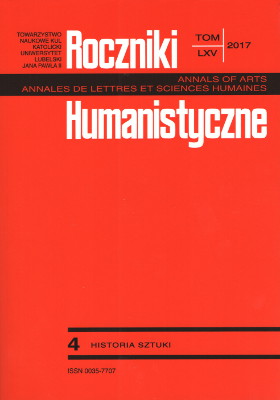Niezwykłe materiały biżuterii art deco - celuloid, galalit, bakelit, akrylik
Unique art deco materials – celluloid, galalith, bakelite, acrylic
Author(s): Ewa LetkiewiczSubject(s): Fine Arts / Performing Arts, Visual Arts
Published by: Towarzystwo Naukowe KUL & Katolicki Uniwersytet Lubelski Jana Pawła II
Keywords: art deco; jewellery; plastics; plastic; celluloid; galalith; bakelite; acryl
Summary/Abstract: Art Deco jewellery, made of expensive metals and stones, has become a theme for solid studies over the last fifteen years. Much less information can be found on the generally available, since the 1920s, newly introduced materials, which due to their unique value are used in the production of art deco jewellery. From the second decade of the 20th century “plastics – because they are in question – by affordable price hit the market to reach a mass audience around the world. Leo Hendrik Baekeland’s breakthrough came at the end of the first decade of the 20th century. He was the first to create a completely synthetic material, perfectly imitating many natural materials, that was later named after him as bakelite. Before Baekeland’s discovery, artificially produced substitutes for natural materials: ebonite, vulcanite gutta-percha, parkesine, celluloid, xylonite, galith had been known from the second half of the 19th century. Not all of them survived the First World War. Some were supplanted by new artificial products. One of them was a perfectly clear acrylic, which entered the markets in 1928 (also known as plexiglas, plexi, perspex, lucite). Since 1930, polystyrene has been used in jewellery.This article presents the history of the most popular artificial materials used for making art deco jewellery. There were much more unique materials, artificially created, used for production of jewellery and clothing accessories. The designers of plastic jewellery, like the avant-garde pioneers, took their ideas from the most bold and brilliant creations of the period. Their plastic jewellery has become an important part of everyday life and special occasions, contributing to the originality of the modern style of the interwar period and breaking with the romanticism of the late 19th century schools.
Journal: Roczniki Humanistyczne
- Issue Year: 65/2017
- Issue No: 4
- Page Range: 145-168
- Page Count: 24
- Language: Polish

